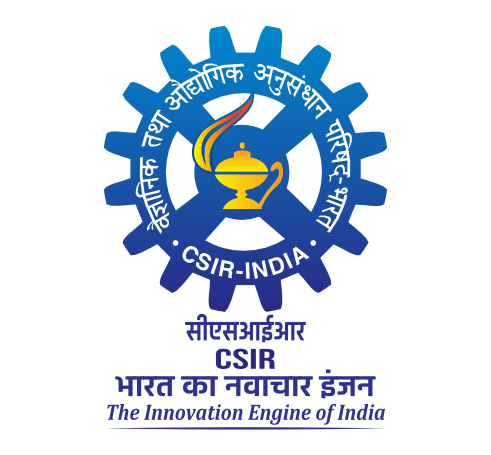Probing the selectivity of urea, amide, and amine-based EPHX2 inhibitors towards EPHX1 and EPHX3: A computational study
Anant, Bakshi and Usharani, Dandamudi (2025) Probing the selectivity of urea, amide, and amine-based EPHX2 inhibitors towards EPHX1 and EPHX3: A computational study. Computers in Biology and Medicine, 199. pp. 1-15.
|
PDF
1-s2.0-S0010482525016336-main.pdf - Published Version Restricted to Registered users only Download (21MB) | Request a copy |
Abstract
Epoxyeicosatrienoic acids (EETs) are crucial lipid signaling molecules that exert anti-inflammatory, vasodilatory, and cardioprotective effects. While their therapeutic potential is limited due to rapid degradation mediated primarily by soluble epoxide hydrolase (EPHX2). To address this, EPHX2 inhibitors having urea, amide, and amine-based compounds have been developed to enhance EET bioavailability. However, their selectivity profiles against other isoforms (EPHX1 and EPHX3) remain poorly characterized, raising concerns about potential off- target effects, particularly the disruption of EPHX1’s xenobiotic detoxification function. Through computa- tional approach involving molecular docking, and dynamics simulations, we systematically investigated the evaluation of inhibitor binding preferences in relation to experimentally reported IC50 values. We found that urea-based inhibitors showed slightly better affinity for EPHX3 followed by EPHX2, with generally lower binding to EPHX1 except for specific compounds like t-TUCB, t-AUCB, and R-Talinolol that exhibited similar binding affinity. Amide inhibitors preferentially bound EPHX3 through a stabilizing flip conformation (with Ad-APCA demonstrating strongest binding), while amine inhibitors showed comparable affinities across all isoforms. These findings are based on the relative binding energy trends derived from modelled catalytic domain which highlight the critical influence of active site sub-pocket nature and its interactions and conformational adapt- ability on inhibitor selectivity. Further capturing the structural dynamics and entropy of membrane anchoring of EPHX3 and solvent exposure difference provide clues for structure-guided development of EPHX2 and EPHX3 isoform specific inhibitors to maximize therapeutic efficacy while minimizing interference with other physio- logically important epoxide hydrolases.
| Item Type: | Article |
|---|---|
| Uncontrolled Keywords: | Epoxyeicosatrienoic acids (EETs), Cardiovascular diseases, Inflammation, Chemical scaffolds, Isoform selectivity |
| Subjects: | 600 Technology > 08 Food technology > 16 Nutritive value > 05 Enzymes |
| Divisions: | Food Safety Analytical Quality Control Lab |
| Depositing User: | Somashekar K S |
| Date Deposited: | 12 Nov 2025 09:49 |
| Last Modified: | 12 Nov 2025 09:49 |
| URI: | http://ir.cftri.res.in/id/eprint/20079 |
Actions (login required)
 |
View Item |

